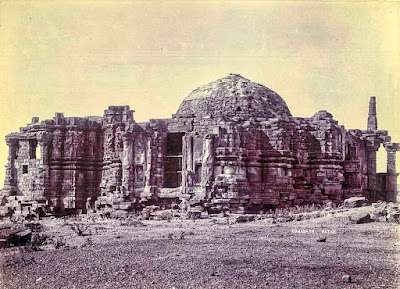Philip IV (8 April 1605 – 17 September 1665) was King of Spain from 1621 to his death and (as Philip III) King of Portugal from 1621 to 1640. Philip is remembered for his patronage of the arts, including such artists as Diego Velázquez, and his rule over Spain during the Thirty Years' War. By the time of his death, the Spanish Empire had reached approximately 12.2 million square kilometers (4.7 million square miles) in area but in other aspects was in decline, a process to which Philip contributed with his inability to achieve successful domestic and military reform.
 |
| Philip IV of Spain |
Philip IV was born in Royal Palace of Valladolid, and was the eldest son of Philip III and his wife, Margaret of Austria. In 1615, at the age of 10, Philip was married to 13-year-old Elisabeth of France. Philip had seven children by Elisabeth, with only one being a son, Balthasar Charles, who died at the age of sixteen in 1646.
 |
Philip pictured with his older sister, Anne in 1612
by Bartolomé González y Serrano |
At age of 44 in 1649, Philip remarried, following the deaths of both Elisabeth and his only legitimate heir. His choice of his second wife, 14-years-old Maria Anna. Maria Anna bore him five children, but only two survived to adulthood, a daughter Margarita Teresa, born in 1651, and the future Charles II of Spain in 1661.
 |
| Mariana of Austria |
The 1620s were good years for Spanish foreign policy: the war with the Dutch went well, albeit at great expense, culminating in the retaking of the key city of Breda in 1624.
 |
| The Surrender of Breda by Diego Velázquez. Oil on canvas, 1635 |
By the end of the decade, however, Philip's government was faced with the question of whether to prioritize the war in Flanders or Spain's relationship with France during the War of the Mantuan Succession (1628–1631). Philip's advisors recommended prioritizing the war in Flanders, taking action to safeguard the Spanish Road to the Netherlands but at the cost of antagonizing Louis XIII. Strategically this was to prove a disaster.
 |
| Siege and capture of Casale Monferrato by French troops, 1630 |
Despite fresh Spanish successes in the mid-1630s – in particular, the triumph of Philip's government in raising a fresh Spanish army, marching it into Germany to defeat the Swedish-led Protestant forces at the Battle of Nördlingen in 1634 – the increased tensions with France made war between the two Catholic states increasingly inevitable.
 |
| The Battle of Nördlingen |
The Spanish-French war that ensued from 1635 onwards was not a foregone conclusion. Early Spanish successes threatened Paris, and even after the Spanish defeat at Rocroi, Spain remained a strong opponent. But from 1640 onwards, a period which saw large-scale revolts across Spanish territories in protest against the rising costs of the conflict, Spain was finding it difficult to sustain the war.
 |
| Defeat at Rocroi ended Spanish dominance of the European battlefields |
The Treaty of the Pyrenees in 1659, and the marriage of Philip's daughter Maria Theresa to the young King Louis XIV finally brought the war with France to a conclusion. The war against Portugal continued however, as Philip fruitlessly attempted to regain control over his lost kingdom.
 |
Louis XIV and Philip IV of Spain at the
Meeting on the Isle of Pheasants, June 1660 |
Philip IV died broken-hearted in 1665, expressing the pious hope that his surviving son, Charles II, who was only 4 years old at the time, would be more fortunate than himself. On his death, a catafalque was built in Rome to commemorate his life. In his will, Philip left political power as regent on behalf of the young Charles II to his wife Mariana, with instructions that she heed the advice of a small junta committee established for this purpose. This committee excluded John Joseph, Philip's illegitimate son, resulting in a chaotic powerplay between Mariana and John Joseph until his death in 1679.
 |
| Rainaldi's print of the catafalque |





































